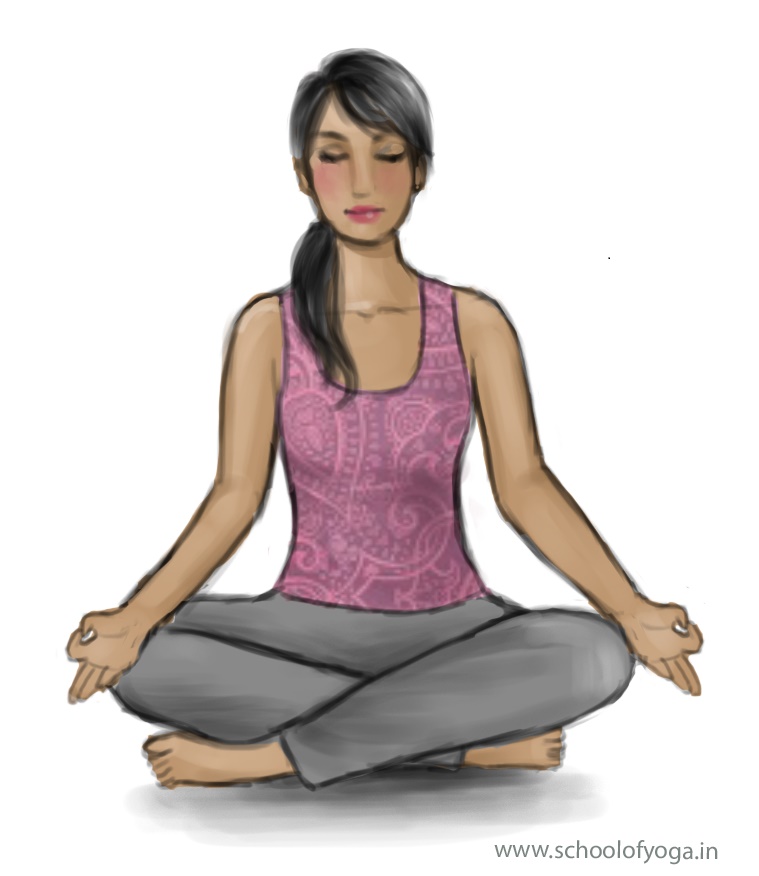Post By: Vishwanath Iyer Published on: November 1, 2016 Reading time: 2 minutes

Sukhasana (Comfortable Pose)
Sukhasana technique
Sukhasana benefits
Internal Links: Dharma (conditioning), Stress and Situational Awareness, Prana, Asana overview 1, Asana Overview 2, Asana Focus or gazing, Pranayama, Yama, Niyama, Padmasana
External Links: Prana, Chakra, Pancha Tattva, Pancha Prana, Pancha Kosha, Nadi,